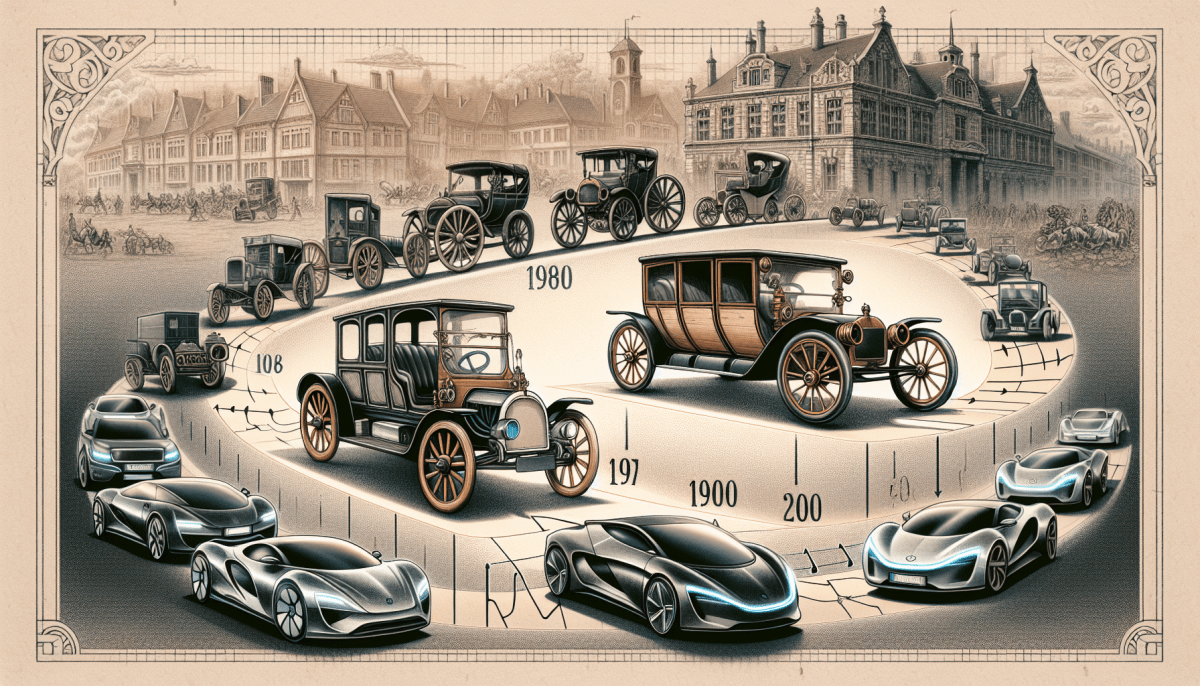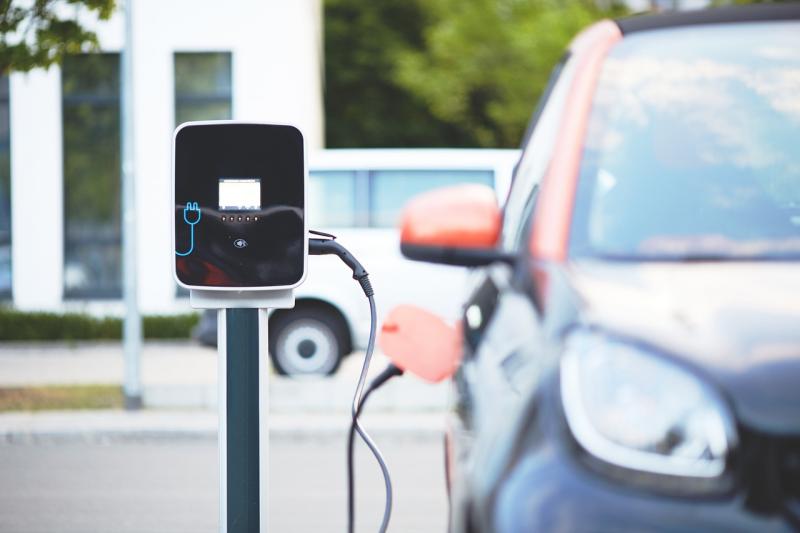The journey of electric vehicles (EVs) began way back in the early 19th century. While many think of EVs as a modern invention, their roots trace back to the 1800s. In fact, the first crude electric vehicle was developed in the 1830s. Scottish inventor Robert Anderson created a small electric carriage, but it was more of a novelty than a practical option for transportation.
Fast forward to the late 1800s, when electric vehicles started gaining traction. In 1890, an American named William Morrison built the first successful electric wagon, which could carry passengers. It had a top speed of around 14 miles per hour! This sparked interest, and soon after, several companies jumped into the game, creating electric taxis and more personal electric cars.
During this exciting period, electric vehicles became quite popular, especially in urban areas. They were quieter and cleaner compared to their steam and gasoline counterparts. By the early 20th century, electric cars made up around a third of all vehicles on the road. It was a golden age for EVs, but it didn't last long. The rise of the gasoline-powered car, with Henry Ford’s assembly line making them cheaper and more available, shifted the focus away from electric options.
Despite this setback, the early days laid a solid foundation for what we now know as today's electric vehicles. Those pioneers were right about the potential of electric power, and their work would inspire future innovations. As technology advanced through the years, the vision of clean, electric transportation never truly faded away. Little did they know, the story of EVs was just beginning!
Major Milestones in Electric Vehicle History
Electric vehicles, or EVs, have a fascinating history that stretches back further than many people realize. The journey begins in the 1830s when the first electric vehicle prototypes were created. Inventors like Robert Anderson developed early versions of electric carriages. These weren't practical for everyday use, but they were the seeds that would grow into the electric vehicles we know today.
Fast forward to the late 19th century, and electric cars gained popularity. In 1899, a Belgian car called the Jamais Contente set a world speed record, hitting 68 miles per hour! This buzz around electric vehicles sparked competition, leading to a small boom in production. By 1912, electric taxis roamed the streets of New York City. Things were looking bright for electric travel.
However, the rise of gasoline cars in the 1920s pulled the rug out from under electric vehicles. Companies like Ford made gas-powered cars affordable and convenient. As a result, EVs faded into the background for several decades. It wasn't until the oil crises of the 1970s that people began to reconsider electric vehicles as a viable alternative. Interest sparked again, but it still took time for technology to catch up.
The 21st century marked a real turning point. Companies like Tesla took center stage, pushing electric vehicles into the spotlight. Tesla’s Roadster, introduced in 2008, showed the world that EVs could be powerful, stylish, and desirable. This was a game-changer, shifting public perception and encouraging several major automakers to invest in electric technology.
Recently, we've seen exciting advancements in battery technology, charging stations popping up everywhere, and plenty of new models hitting the market. With governments worldwide supporting green technology, the future of electric vehicles looks bright. It’s an exciting time to see how far we’ve come and imagine where we might go next!
Technological Advances That Changed Everything
When we look back at the history of electric vehicles, it's amazing to see how technology has transformed the landscape. The early electric cars were often slow and had a limited range, making them less popular than gasoline-powered vehicles. However, a few key technological advances changed everything.
First up, battery technology made a huge difference. The introduction of lithium-ion batteries in the late 20th century played a big role. These batteries are lighter, last longer, and charge faster than the older options. This meant electric vehicles could travel much farther on a single charge, making them more practical for everyday use.
Then there’s the rise of regenerative braking. This nifty feature allows electric vehicles to recover energy every time they slow down. Instead of wasting that energy, it gets sent back to the battery, which helps extend the driving range. One moment you're slowing down for a red light, and the next, you’re giving your battery a little boost!
And let's not forget about software advancements! With smart technology integrated into electric vehicles, things like navigation, battery management, and even remote control features have become standard. These upgrades help drivers monitor their vehicle’s performance and find charging stations, making electric driving even easier and more enjoyable.
All these innovations have not only made electric vehicles more user-friendly but have also pushed them to the forefront of eco-friendly transportation. As we keep advancing in tech, who knows what the future holds for electric cars?
The Future of Electric Vehicles Ahead
The future of electric vehicles (EVs) looks incredibly bright and exciting! As technology continues to advance, we're seeing improvements in battery life, charging times, and overall performance. Eco-friendly driving is quickly becoming the norm rather than the exception. This is great news for anyone who cares about the planet and wants to drive a vehicle that aligns with their values.
One of the most promising developments is the rise of fast-charging stations. Imagine stopping for just a few minutes to get your battery back to full capacity! This convenience will make longer road trips even easier and more appealing. With more charging infrastructure popping up, EV ownership will be more accessible to everyone.
Additionally, automakers are investing heavily in research and development. We're talking about sleeker designs, better range, and improved tech features. Expect to see more smart features in EVs, like advanced navigation systems that help you find charging stations along your route, or even self-driving capabilities!
Finally, as EVs become more common, the cost of ownership is likely to drop. With government incentives, more options on the market, and competition driving prices down, owning an electric vehicle will soon be more affordable than ever. So whether it’s a compact, a SUV, or even a truck, there’s an EV option for just about everyone!



